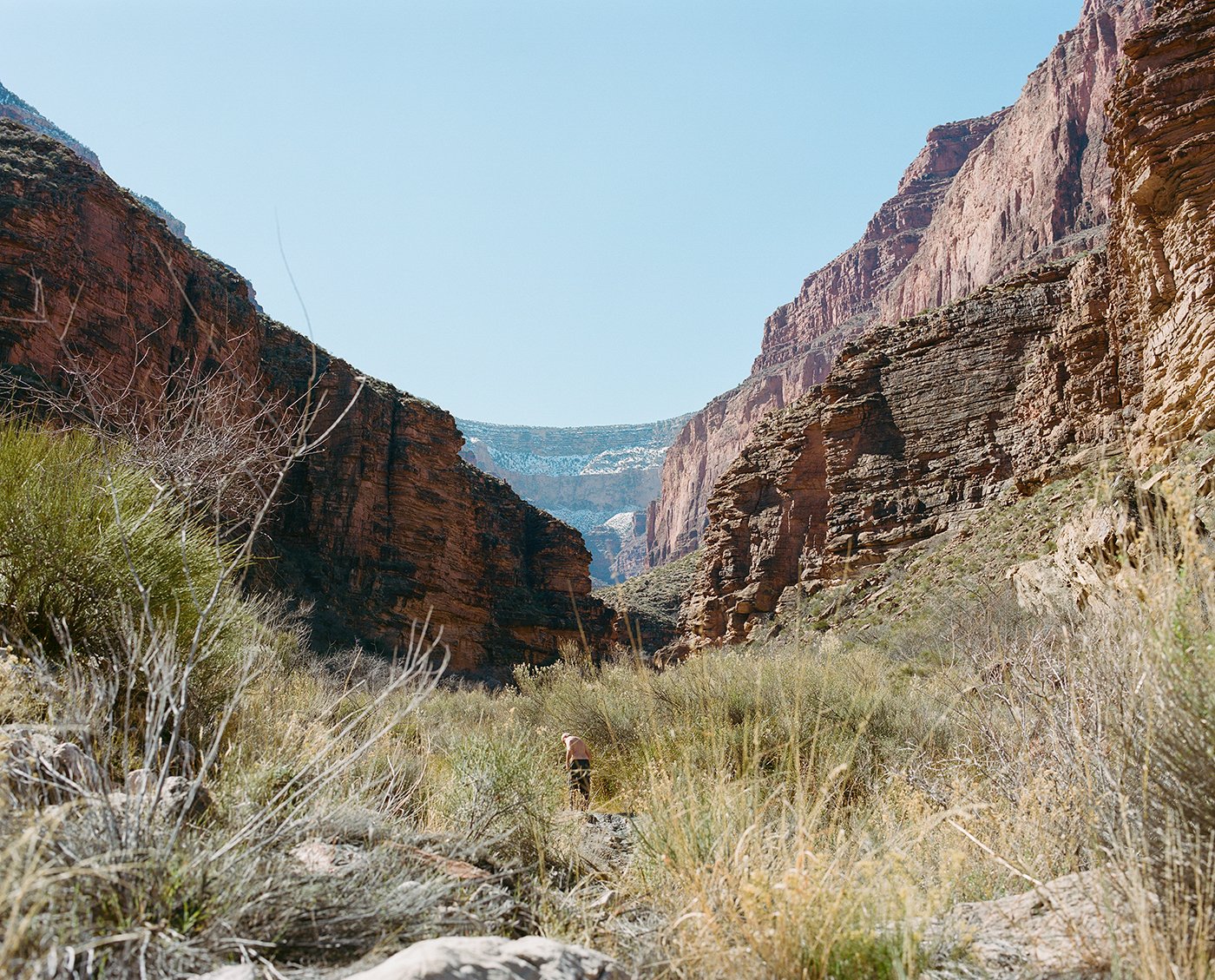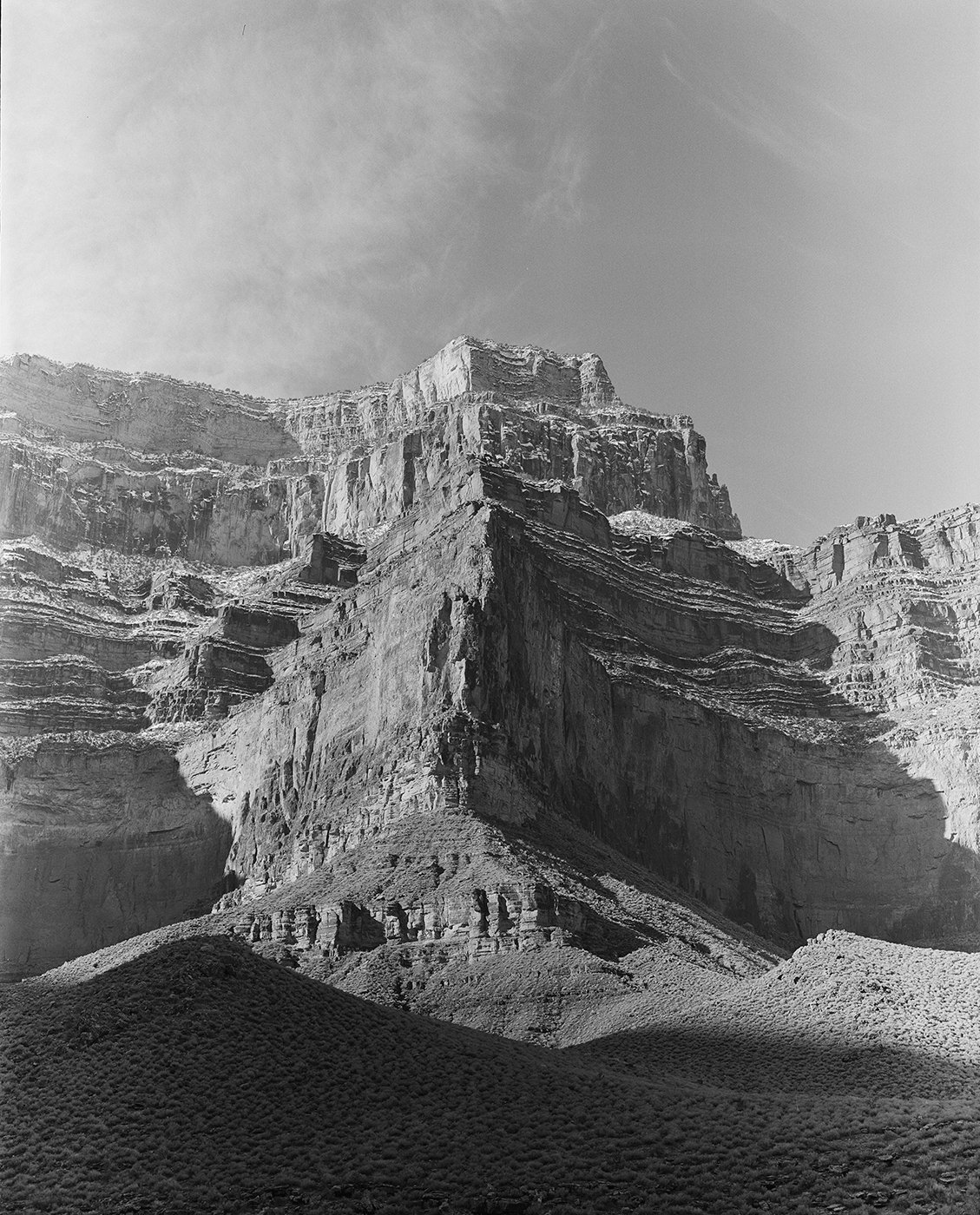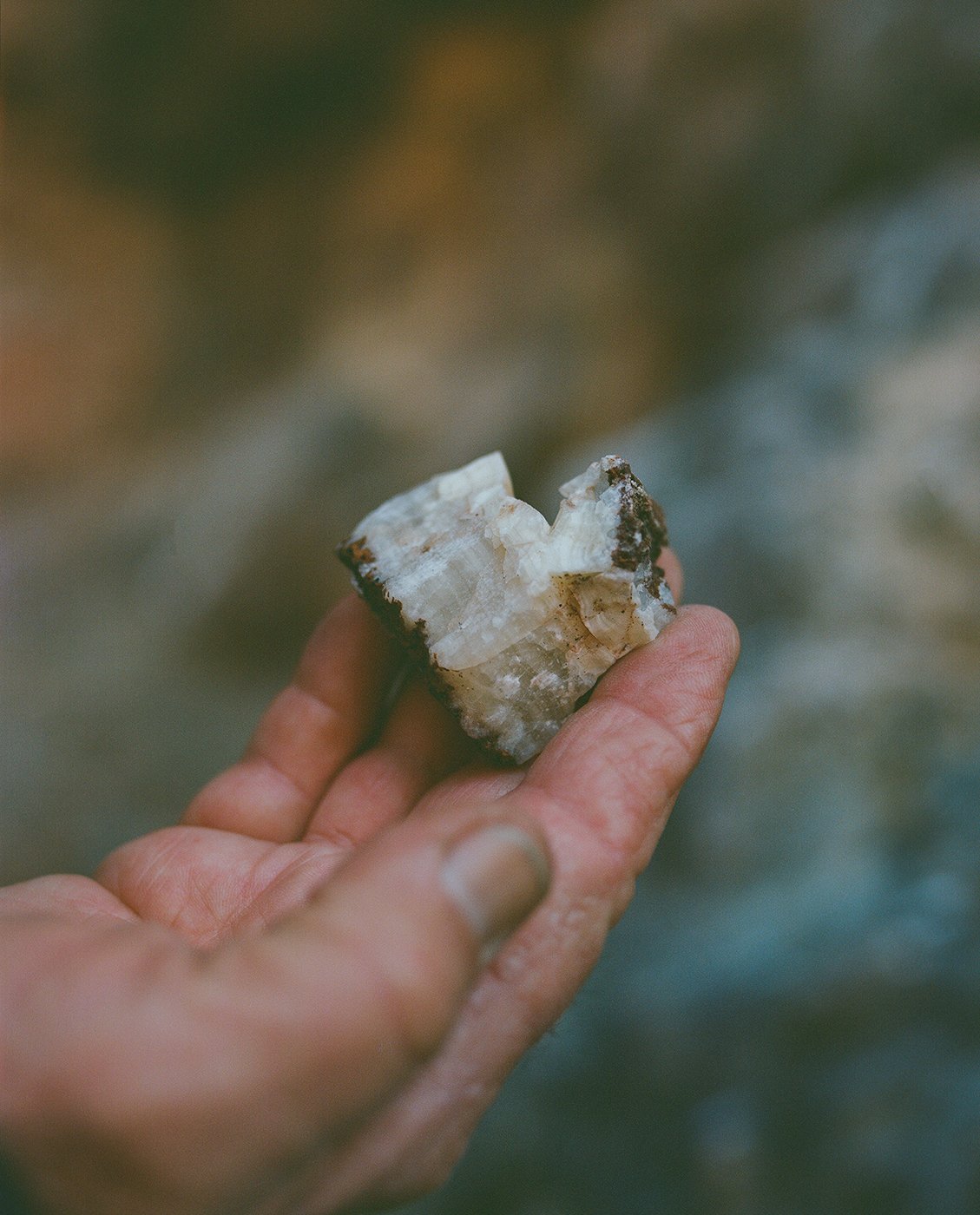




-
The Green and Gray is an ongoing body of work focused on the stewardship of U.S. public lands. Even before the creation of the National Park Service in 1916, public lands in the United States have meant many things to the American people. Not only are these places regarded as “America’s best idea”, they also represent a center point for the convergence of science, conservation, history and mysticism alike. This story is told from the perspective of a seasonal U.S. Park Ranger named Joe, who brings a completely unique outlook to the lands he protects and preserves. He serves among the “Interps”, rangers tasked with interpreting the environment and educating the public on its many nuances. There are no prerequisites for this work, although his decades of experience in dry stone masonry allow him to effortlessly assess the land’s dense geological makeup. But his expertise is also paired with a substantial emotional connection, having dreamt of becoming a park ranger since he was 10 years old. In 1962, as a young boy at Mammoth Cave National Park in his home state of Kentucky, a ranger placed the iconic flat hat on his head, forever altering his path and intertwining his fate with the National Park Service. Starting in 2015, he endured many arduous winters as a volunteer at the Grand Canyon before becoming a seasonal ranger at the park, an accomplishment that brought him to tears as his life goal had been achieved. He continued onto Glacier National Park after his time at the Canyon and will reside at Olympic National Park this coming season. From working to help Grand Canyon gain its International Dark Sky status to monitoring California Condors, Joe serves as a microcosm for the commitment each ranger has to their stewardship duties. This body of work is not only a love letter to these sacred lands, capturing their grandeur and spiritual reverence but also a documentation of the American Dream realized.
-
The medium I have chosen for this project is photography, specifically in the analog medium format realm. This work has been printed previously as 11x15 size prints, large enough to pay respects to these lands but small enough to create an intimate viewing experience.
